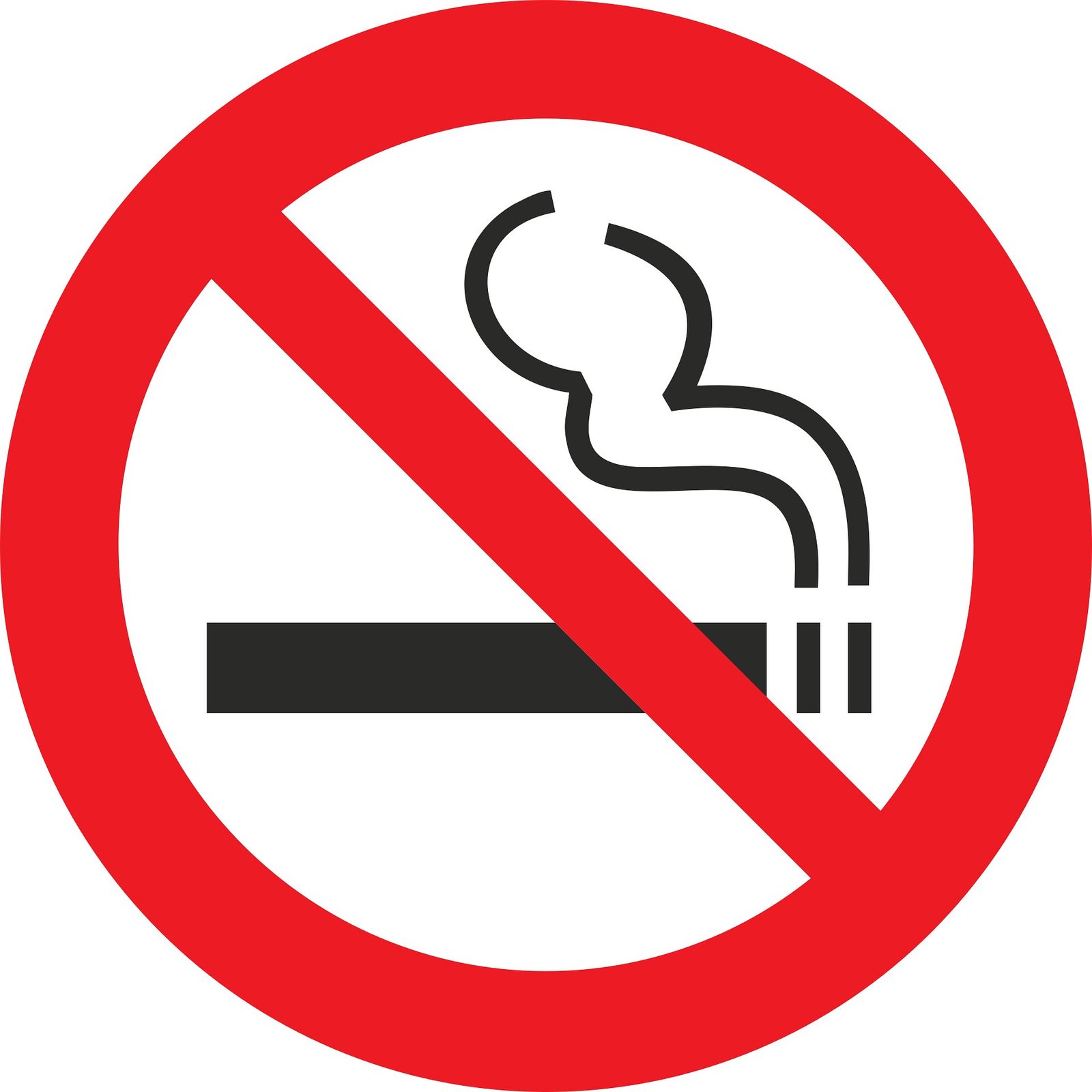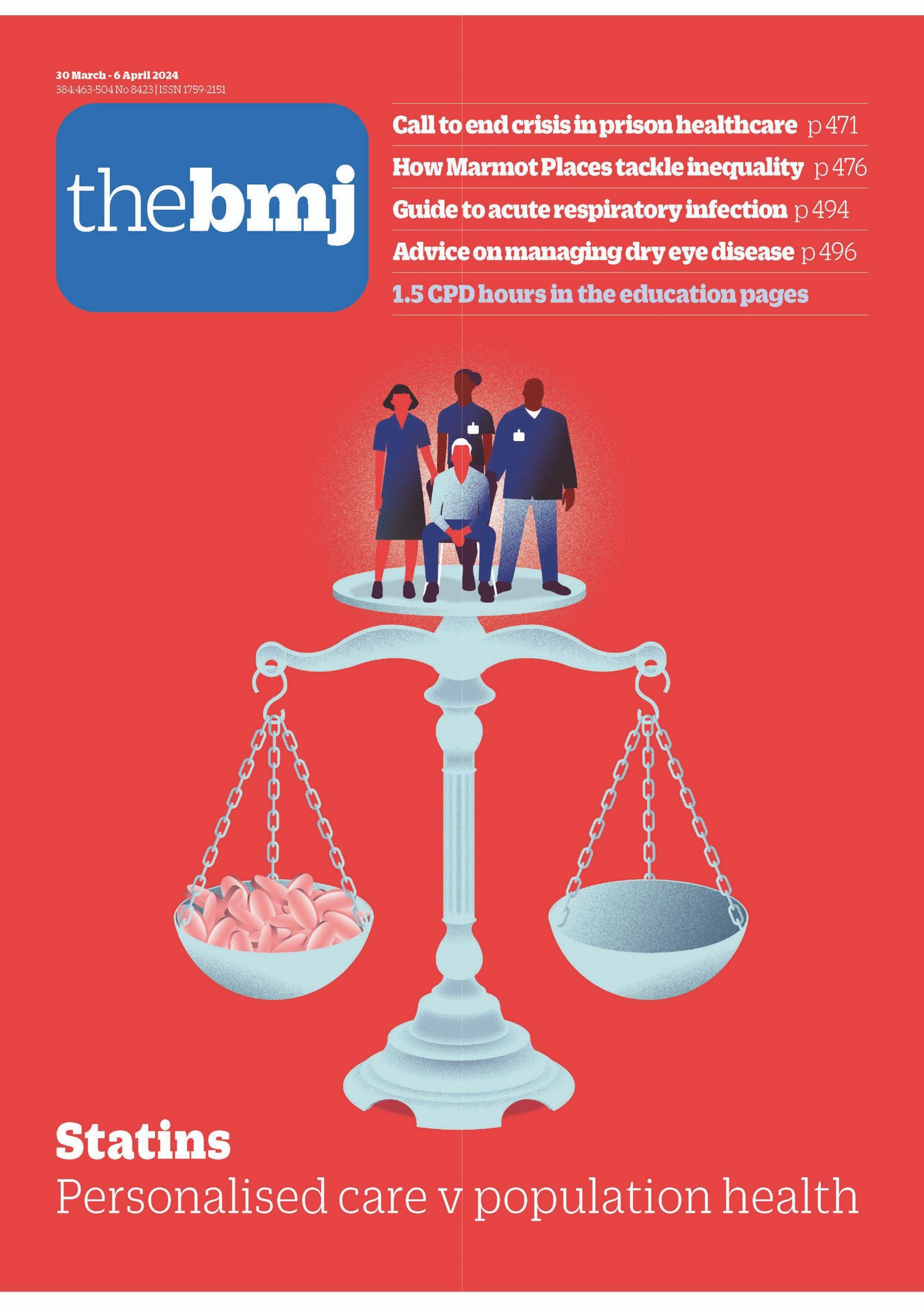In Ontario, the average wait time for the thousands of prospective patients on the province’s list looking to be connected to a family doctor is, according to the government, around 90 days.
But that, of course, is the average. And depending where one may reside in the province, the wait time can be significantly longer.
“In some places, we have patients who’ve been on the list for years,” says Dr. Mike Green, president of the College of Family Physicians of Canada and a Kingston, Ont.-based doctor.
According to a recent survey, around six million Canadians are without a family doctor. But some provinces, to help facilitate a match, have created centralized waiting lists where people can register and eventually be matched with physicians who are taking new patients.

In April, for example, the B.C government announced it was launching a new online system where people looking for doctors could register. (Last year, the province said there were 895,000 people in B.C. without a family doctor.)
Yet while some health-care observers and experts believe the idea of such lists is a good one, in some provinces, challenges remain.
15,000 on list for 3 years
In March, Nova Scotia Health reported more than 150,000 people were still waiting on its list as of Feb. 1 to be matched with a doctor, and that 10 per cent, or about 15,000 people, had been on the list for more than three years.
In Ontario in 2022, according to the government, over 44,000 people were connected to a primary care provider through its system, Health Care Connect (HCC). However, there are currently nearly 200,000 patients registered with HCC across the province, according to Ontario’s Ministry of Health.
Green, who is part of a study looking into the efficiency of these waiting lists, says wait times have increased along with the number of people on the list. How long that wait time can last often depends on where one lives and the health-care resources available.
He said one issue with Ontario’s wait-list is that if someone were to move from one place to another within the province, they wouldn’t be allowed to sign up for HCC to find a new doctor unless they quit their doctor’s practice from their prior residence.
“And with the difficulty people have been having to find any family doctors, everybody’s afraid to quit their family doctor to get on the list,” he said.
That means that person is clogging up an opening for someone else.
Yet despite some issues, Green said he still thinks the best way for those looking for a doctor is to get on the list. He said many health-care officials, particularly those opening up new practices, will pull patients from those lists.
Small fraction use lists
However, despite the benefits for patients, he said, at least in Ontario, only a relatively small number of the unattached patients in Ontario use them. About 200,000 are registered on HCC. But more than two million Ontarians are without a doctor, according to the Ontario Community Health Profiles Partnership, a website that publishes data on health-related services to meet community needs.
“So one of my questions would be, is this because people feel that they’re waiting on them too long, so it’s not worth it? Or is it they’re … really not feeling like that’s an effective way of connecting them?” Green said.
“I think that’s the biggest frustration for the public, is feeling that they go on the list, they don’t know how long they’re going to wait.”
Dr. David Barber, chair of the section on general and family practice at the Ontario Medical Association, said he believes Ontario’s wait-list may just be too bureaucratic, with patients, HCC staff and doctors having to repeatedly going back in forth with each other, trying to make a connection.
“It’s a huge process,” he said.
However, Barber acknowledged that the main problem is doctor shortage.
“You can have the best waiting list in the world, but if you don’t have anywhere for those people to go, it’s irrelevant.”
Patients of a Charlottetown doctor, who announced she’s closing her practice effective May 3, are speaking out. The couple waited more than a decade on the provincial waitlist to get that doctor. Now, Health P.E.I. says they’re back on the Patient Registry in the position they were before they were taken on by the now-closing practice. Amber Manuel and her husband Chris Wilkinson spoke with CBC’s Wayne Thibodeau.
Mylaine Breton, a professor at the University of Sherbrooke’s medicine and health sciences faculty who researches doctor wait-lists, said she believes such lists are effective, and do help facilitate a connection between a prospective patient and doctor, “at some point.”
“In Quebec, the main entry point [to be] attached to a family physician is through the centralized waiting list,” she said. “You will be attached [to a doctor], but you can wait four or five years,” she said. “It’s not efficient. But at some point, it’s working.”
Prioritization process needed
Breton believes there should be a prioritization process on such lists for patients who are in greater need of a physician. Some of her research into these lists found that when the centralized wait-lists were coupled with financial incentives in Quebec for doctors, it increased enrolment of new patients.
However, most of the increases in enrolment were patients not classified as vulnerable, meaning those most vulnerable weren’t being given precedence to the degree that policymakers had hoped, her research shows.
Dr. Tara Kiran, a family physician at St. Michael’s Hospital, and the Fidani chair in improvement and innovation at the University of Toronto, said these lists need to be accessible to the vulnerable, along with those new to Canada who may not speak the language.
“Is [the wait-list] something that they even feel comfortable and safe using? Or is it accessible to them from a language perspective?” she said.
Those who are more educated and wealthier are more likely to be able to find out about and attach themselves to such a list, Kiran said.
Canada is losing its family physicians to burnout and it’s creating a primary care crisis. Can a new program that prioritizes family doctor recruits help solve the shortage? The National’s Nick Purdon gets special access to Queen’s University and Lakeridge Health’s medical school program to see how it is preparing students for the realities they’ll face on the job.
Kiran said she believes a centralized wait-list is a good idea, as there needs to be an organized way for people to access care.
However, she said how well the actual concept works will certainly depend on implementation.
“Who are you drawing from? How do we make sure that the most vulnerable side are actually getting on those lists, and then being prioritized?”
Kiran said she had a patient with Type 1 diabetes and other chronic medical conditions who had moved to Sault Ste. Marie, Ont., and was told they would have to wait 10 years on HCC for a family doctor.
“That’s, clearly, a system that is not working.”
At one point in time, there were actually financial incentives for doctors to take on particularly vulnerable patients from HCC, she said.
“And those incentives had not been in place for several years now. So financial incentives is one way to motivate doctors.
“You can say you can blame the supply, there’s not enough doctors. But it also relates to, are we motivating and incentivizing people to be part of this? Are we setting up structures in a way that also supports people to take it on? Are we making that process smoother?”











